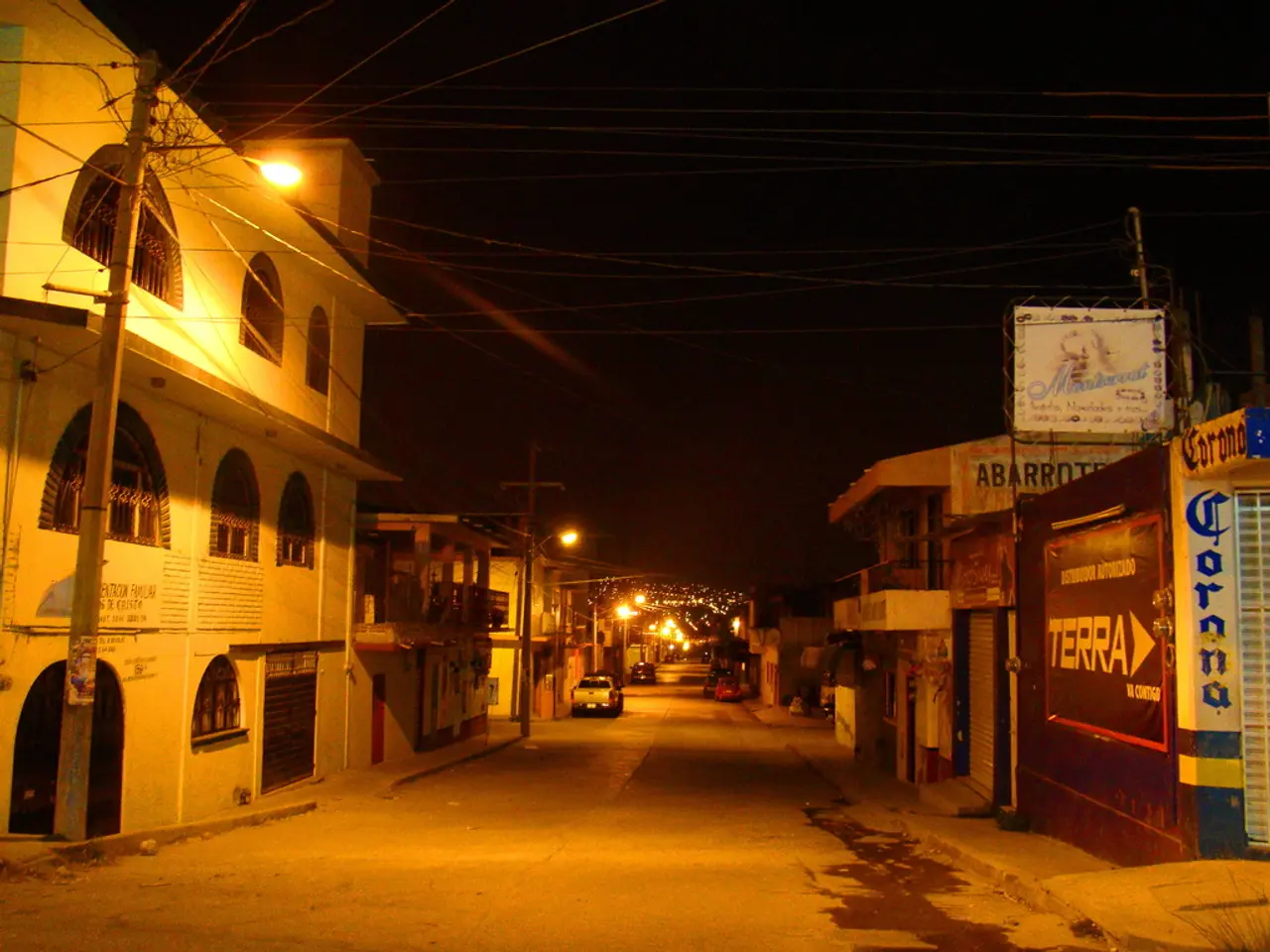Persisting Issues with Public EV Charging Stall Dealer Sales Growth
The latest J.D. Power U.S. Electric Vehicle Experience Public Charging Study (EVX Public Charging) has revealed a decline in overall satisfaction scores, despite measurable improvements in charger reliability[1][2][3][5]. The study surveyed 7,428 EV and plug-in hybrid owners nationwide and found the lowest incidence of failed charging visits on record (14% in 2025 versus 19% in 2024), signaling that chargers are becoming more reliable.
However, satisfaction concerning payment processes, charging costs, and ease of use has decreased, contributing to the drop in overall satisfaction ratings[1][2]. Key details include:
- While failed charging attempts have decreased to 14%, indicating better reliability and fewer out-of-service chargers, customer satisfaction scores dropped year-over-year by 7 to 10 points on a 1,000-point scale (for Level 2 and DC fast chargers).
- Cost satisfaction remains low, with scores around 430-459 out of 1,000, decreasing 16 points from 2024, highlighting charging cost as a major pain point.
- New EV owners report higher satisfaction than veteran owners, with first-time owners rating Level 2 charging at 610 compared to 592 for veterans, and DC fast charging satisfaction at 654 (down 10 points overall)[1][2].
- Tesla’s Supercharger and Destination networks rank highest in satisfaction, with automaker-owned networks like Mercedes-Benz, Rivian, and Ford also scoring well, whereas third-party public networks lag behind at lower satisfaction scores (around 591)[1][4].
- Regional disparities exist; the Pacific region reports the highest failure rates (21%) and lower satisfaction, while the East South Central region has the best reliability (7% failure rate)[3][5].
The study also found that areas that got worse include cost and ease of payment[2]. In the busiest EV markets, such as Seattle and Los Angeles, a higher rate of non-charging events is reported, with 25% and 24% of EV drivers experiencing this respectively[4]. Long-distance road trip drivers generally rely on public chargers for "purposeful" charging[2].
Public charging infrastructure is a major reason for consumer rejection of EVs[3]. Despite this, all EV and PHEV owners rely on public charging at some point[5]. The majority of charging for electric vehicles (EVs) and plug-in hybrid electric vehicles (PHEVs) happens at home[3]. More than 80% of charging for EVs and PHEVs happens at home, but all customers rely on public charging sometimes[5].
Level 2 chargers use a 240V electrical outlet, which is standard in European households but found sporadically in the U.S[3]. Owner satisfaction with Level 1 portable chargers is low, at 581[1]. The overall satisfaction among owners of Level 2, portable home-charging stations is 714, and 733 for Level 2 permanently mounted home chargers[1]. Level 1 chargers use a standard, 120V electrical outlet and are a much slower option that may take overnight to charge a vehicle fully[3].
Waiting in line for a charger is more common in the heavier EV markets[2]. In a separate study by J.D. Power, the 2025 EVX Home Charging Study, respondents rate their experience with home chargers much higher than public chargers[1].
References: [1] J.D. Power (2025). U.S. Electric Vehicle Experience Public Charging Study (EVX Public Charging). Retrieved from www.jdpower.com [2] J.D. Power (2025). U.S. Electric Vehicle Experience Public Charging Study (EVX Public Charging) Findings. Retrieved from www.jdpower.com [3] U.S. Department of Energy's Alternative Fueling Station Locator. (n.d.). Retrieved from afdc.energy.gov [4] U.S. Department of Transportation (2025). National Electric Vehicle Infrastructure (NEVI) Program. Retrieved from www.transportation.gov [5] U.S. Department of Energy (2025). Electric Vehicles. Retrieved from energy.gov
- The decline in overall satisfaction scores in the J.D. Power U.S. Electric Vehicle Experience Public Charging Study is attributed to dissatisfaction regarding payment processes, charging costs, and ease of use, despite an improvement in charger reliability.
- Even though the failure rate of chargers has decreased, customer satisfaction scores for both Level 2 and DC fast chargers dropped significantly year-over-year, indicating that while reliability is improving, aspects like charging cost and ease of use need further attention.
- Tesla’s Supercharger and Destination networks rank highest in satisfaction, while third-party public networks tend to score lower, signaling a need for improvement in the auto retail sector's charging infrastructure to keep up with the growing electric vehicle industry.
- In busier EV markets such as Seattle and Los Angeles, a higher rate of non-charging events is reported, providing insight into areas that require focus in the improvement of the public charging infrastructure.
- Despite public charging infrastructure being a major reason for consumer rejection of electric vehicles, all electric vehicle and plug-in hybrid electric vehicle owners rely on public charging at some point, emphasizing the crucial role of the automotive and technology industries in addressing charging infrastructure challenges for a more sustainable transportation lifestyle.




